The period between the 1850s through the 1940s, it was common that many chimneys were constructed that had a thimble, a cleanout door, and no firebox, and often no hearth, these were intended for free standing appliances such as central furnaces, and are often referred to as "furnace flues" or "appliance chimneys". A central furnace was nearly always in a basement, standing on earth, concrete, stone or mansonry pad. Appliance chimneys often served kitchen ranges, and parlor stoves, which these either stood on stove board, glass shoe insulators, or had a stone or masonry hearth with no firebox, since the stove or range had its own firebox. Furnace flues/applicance chimneys are almost always smaller than flues constructed to exhaust open fireplaces due to appliances being air tight and their exhaust ports small; for this reason it is somewhat reliable to determine what sort of flues are available to a house if you can see the tops of the flue tiles, however since the 1960s some builders installed a top tile in oversized chimneys to give the appearance of more flues than it was constructed with, or if a fireplace is oversized it may have multiple flues to serve its exhaust needs. Furnace flues/appliance chimneys continue to be constructed, it depends a lot on the needs, availability of skilled labor, and willingness by the builders. Generally in North America, you will find that a greater share of masonry chimneys are appliance chimneys the further north you travel. Also, due to connections and partnerships that builders and developers have, housing developments may feature a particular type of chimney or none throughout, while the neighboring development has them on each house. I have seen homes in entire neighborhoods in Canada, that appear they were constructed in the late 1970s and early 1980s, with what appear to be a masonry chimney with dual furnace flues.
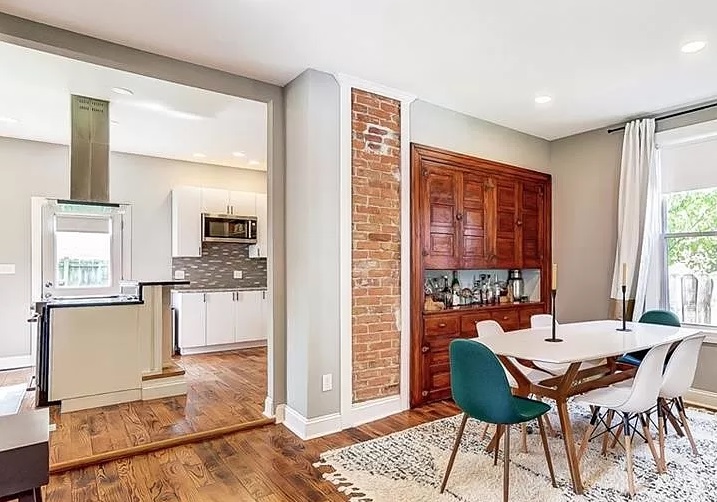
This 1895 house was expanded onto the back, the kitchen was then moved to the room addition, and the former kitchen has become the dining room. The exposed brick column is an appliance chimney that probably once served a kitchen range. The exhaust inlet on the chimney has been bricked in, and is easily seen where the light colored mortar is high up on the chimney.

In this 1910 house, a hearth without a fireplace was constructed for a free standing parlor stove to set on, and exhaust to the thimble where the white octagon cover is. The shelf has a cutout in the middle to leave room for a stove pipe that runs close to the brick wall. The kitchen is on the opposite side of the chimney, and it likely had a thimble exposed at one time, but has been covered over by a later kitchen remodel.
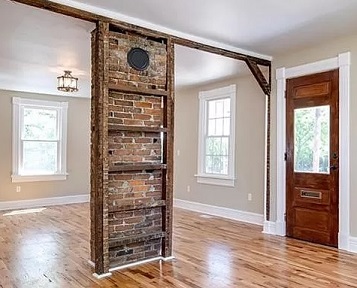

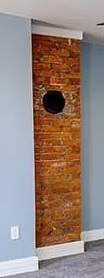
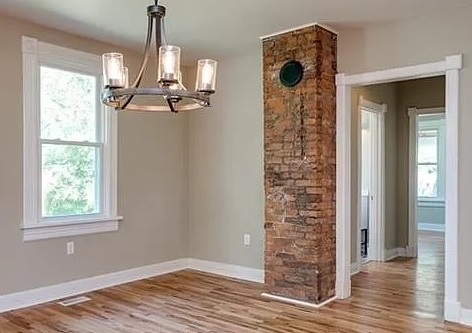
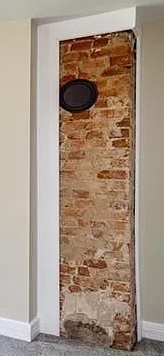
This duplex (now single family residence) built in 1920 has no fireplace or hearth, but three chimneys, with the front chimney having thimbles on both sides. Pictured from let to right, is front chimney from left side, front chimney from right side, front chimney on second floor from right side, side chimney, and side chimney on second floor. The side chimney appears to have had its top removed and covered over by the roof. No picture of the rear chimney.
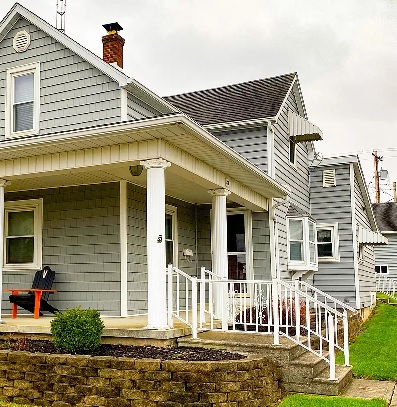
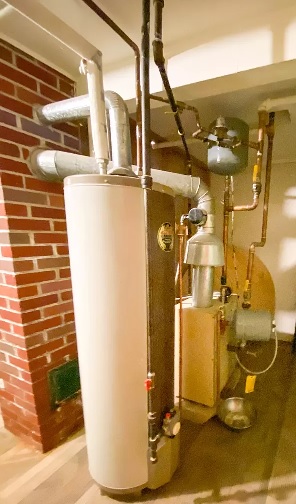
Two photos of the same house, constructed in 1900. The appliance chimney, with a single flue, can be seen at the peak of the roof, and in the basement it is serving gas burning appliances.
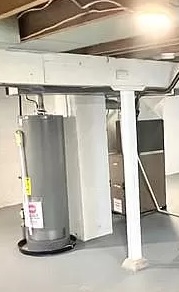
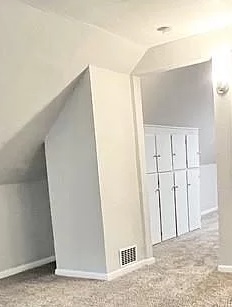
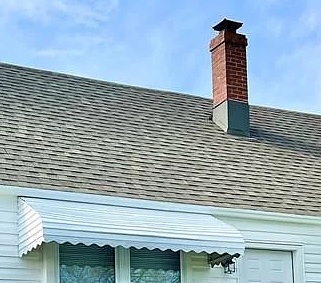
This 1948 house, not even a thousand square feet, but with a full basement, has an applicance chimney, with a single flue, serving the gas burning furnace and water heater. The chimney has been painted in the basement, and covered over by drywall in the attic; it was not discernable on the main floor.
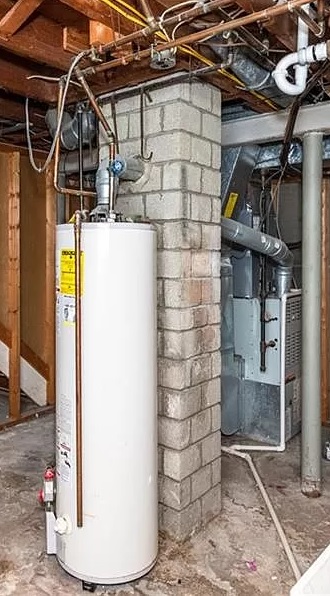
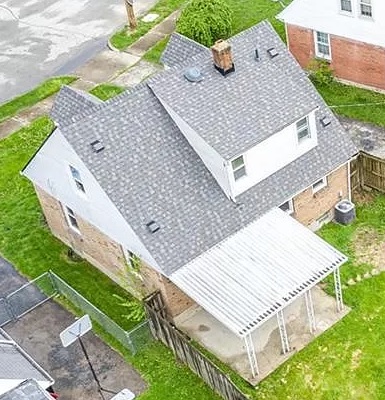
This 1953 Cape Cod house shows an appliance chimney serving the gas fired water heater and furnace in the basement. The floor joist blocking around the chimney suggests the chimney was built along with the home construction.
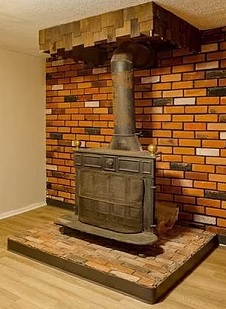

This 1957 house has an appliance chimney serving a Franklin style open fireplace in the basement. Note that the chimney is on the exterior perimeter of the house. Also note that the appliance is an open fireplace, but here the chimney is still considered an appliance chimney because there is no integrated hearth, rather it is set on a masonry pad.